Sandon is located in the interior of British Columbia in the Selkirk mountain range, in an area known as ‘The Valley of the Ghosts’. It lies an hour from Kaslo, and 8.5 hours east of Vancouver.
We passed only one or two pick-up trucks on our way to the ghost town. This is not a route often travelled.
Google maps doesn’t even show a name on forested road between New Denver and Kaslo – though I am sure the passage must have one.
I have a few BC ghost town books that include Sandon. It has had a very interesting history, and is the place of many wild west legends.

At the turn of the century, Sandon was the most prosperous (and famous) silver-mining community in Canadian history.
Thousands flocked to the remote interior on the promise of riches – and life in an exciting new wild west town.
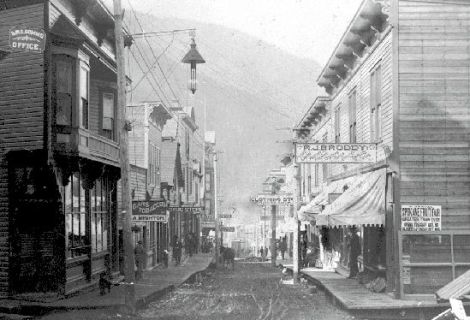
Looking back on Sandon. Reco Avenue in 1897.
Photo courtesy of Hall Wright (Sandon Historical Society).
It was a (nearly) lawless community of 5,000 with a brewery, cigar production plant, churches and sawmills, 29 hotels, 28 saloons and 50 brothels.
Sandon was famous for its thriving red light district.
According to ghosttownpix.com, there was even a police chief who ran a house for prostitutes and dealt black jack at a casino!
Two different railways raced to reach the booming town – the Kaslo and Slocan Railway. Both lines experienced extreme acts of sabotage during their years of operation.
A few old trains greet you at the entrance to Sandon’s former downtown.
Since the 1970’s, a small group of dedicated people have worked very hard to preserve the historic ghost town, once known as the ‘Monte Carlo’ of North America.
During this process, some interesting decisions have been made. Take for instance the fleet of defunct Vancouver busses scattered around the site.
Downtown Sandon was built across the Carpenter Creek. Space was limited, which made the boardwalk very popular. Remnants of it can still be seen alongside the shore.
The town was wiped out by major fire in 1900. This changed the face of Sandon forever. Though miraculously not one life was lost – not one building in the downtown was insured either.
An account from ghosttownpix.com;
“…when dawn broke after the fire, gambling and poker tables were set up on the streets. It was business as usual for the hell-raisers.”
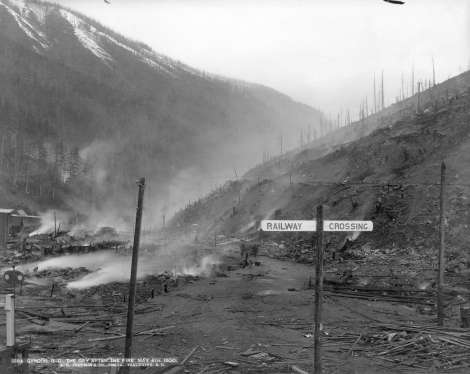
The day after the great fire, Sandon. Photo source; http://searcharchives.vancouver.ca
Though reconstruction was fast, the new buildings were far less opulent. Residents without the money to rebuild, did not. They simply moved on. By this time the population was already starting to dwindle.
However, perhaps on the basis of hope, a fancy City Hall was built after the blaze. It cost $3,195 for construction – an extravagance at the time. It held a courtroom, a jail and a fire hall.
It wasn’t to last long though, by 1913, the town was forced into receivership. In 1920, Sandon was officially ‘disincorporated’.
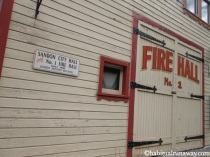
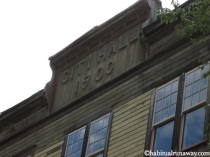
In 1955, a major flood destroyed many of the remaining buildings, along with the once famed boardwalk. More than 50 years later, Sandon is still littered with debris from the washout.
Not long after the devastating flood, the town was unceremoniously dismantled by looters and salvagers. It was only a tiny group of loyal residents who prevented the complete destruction of this piece of gold rush/war time history.
Sandon was the first community in British Columbia to be serviced with hydro electricity. Remarkably enough, the power generating plant is still in operation and continues to service the area.
The Japanese interns can be at least partially thanked for this, as it was they who fully restored the ancient, ailing generator during internship.
Sandon is featured in, and graces the cover of a few non-fiction paperbacks.
One entitled; ‘Ghost Towns and Drowned Towns of West Kootenay’, by Elsie G. Turnbull, and another ‘Ghost Town Stories of BC’, by Johnnie Bachusky.
Both contain fascinating snapshot recounts of unimaginable adventure and hardship.
One famous legend lays its focus on the contents of a safe.
During the 1955 flood, when virtually the whole town was washed down stream, so was the bank safe and its contents.
Never recovered, it is believed that the loot still lies in Carpenter Creek.

From Wikipedia;
Local Historian Bill Barlee believes there are about 10,000 coins lying somewhere along the bed of Carpenter Creek. The Creek ran through Sandon. The creek flooded in 1955. The main street of Sandon was built over the creek. It is believed coins were washed into creek from under the boardwalk along main street during the flood. The coins lie along a stretch of the creek measuring no more than a one-third of a mile in length in about 3 feet of water.
I like to think that at least one of the loyal Sandonists would have entirely scoured the shallow creek bed looking for the coins. After all, if anywhere could use the money, it is Sandon.
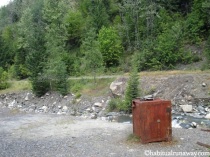
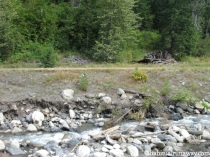
In 1942, after many fires, strikes and the fall of silver prices, only 50 people remained. By the time the Japanese interns were sent here, Sandon had already become a gold rush ghost town.
The wartime BC Security Commission segregated internees along religious lines. Sandon was designated as a Buddhist community.
953 Japanese-Canadians were relocated to the isolated location. Sandon was chosen in part because of its abandoned buildings. There was enough ‘free room’ for everyone.
It was decided that the interns would be responsible for any necessary repairs.
From sandonmuseum.ca;
Because of its remote location, no security guards were considered necessary, and only one provincial policeman was provided to keep the peace. As the internees largely regulated themselves, this Irish-Canadian officer led a quiet life in Sandon. In later years he used to joke that the nearly 1,000 Japanese-Canadians were so well behaved that he had nothing to do. “Now, if you’d locked up a thousand Irishmen up there, you’d need 2,000 cops to ride herd on them!” he would laugh.
Though the Japanese were allowed to live in relative freedom within the town confines, they never forgot they were prisoners. The conditions in Sandon were reprehensible.
The winters were long and extremely harsh – 100 people froze to death that first year. The buildings were in a terrible state, and food was in short supply. There were essentially no amenities – aside from hydro power. Truly, it was unlivable.
Internees were aided by local Doukhobor communities who brought fresh vegetables and supplies.
Sandon became known as ‘camp hell-hole’.
There were a few luxuries that the Japanese were afforded, namely baseball and ski-jumping. They were allowed to play ball with neighbouring internees in New Denver, and Sandon had its own ski-hills.
A few have written about these as fond memories.
Because of the incredibly harsh winters and short growing season, Sandon was the first internment camp to close. Photos show snow pilings high above residential roofs. Snow that lasted for months.
Internees were sent to New Denver camps until the war ended.
In recent years, the government has donated money for the rebuilding of a few important structures to Sandon’s history. The former intern centre, ‘Atherton building’ being one of them.
The population of Sandon has not passed 30 people in 50 years or more. Currently (we were told) there are less than 10 devoted full-time Sandonites remaining.
Primarily housed in teeny frontier style homes beside the town site, it looks like (for now), the future of Sandon lies in their care-taking hands.
The Sandon Museum and Historical Society, run primarily by one hardworking, devoted Sandonist (and his wife), is an excellent resource for local history. You will find stories and reflections on individuals, community and industry. Fascinating!
There are a few cool artifacts inside too, along with a small cafe.
Though the drive is long to this nearly disappeared secluded hamlet, the experience once you arrive is well worth the time spent getting there.
History seeps from every aperture – and believe me, there are many!
Additional photos in the slideshow.
You can follow this tour in the ‘WWII Japanese Internment‘ section, or head to the Habitual Runaway on Facebook for photos.
Related articles
- Sandon Museum (sandonmuseum.ca)
- Sandon, BC (wikipedia)



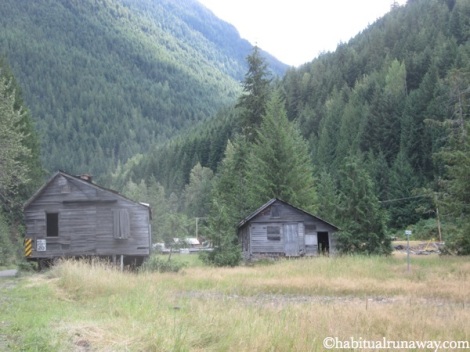
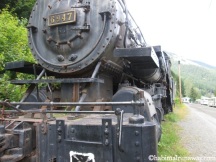


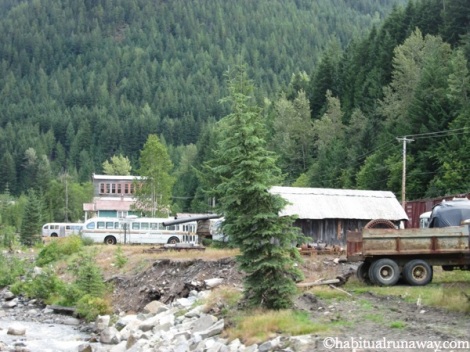
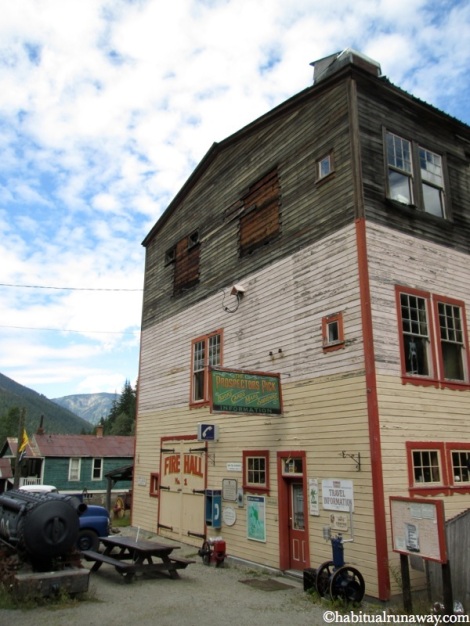
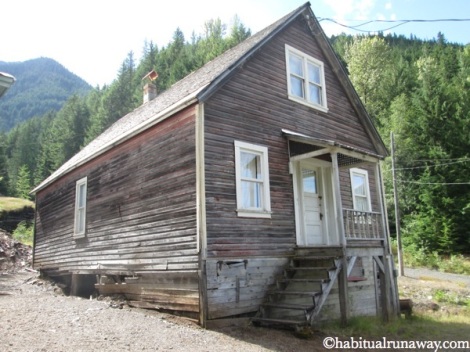
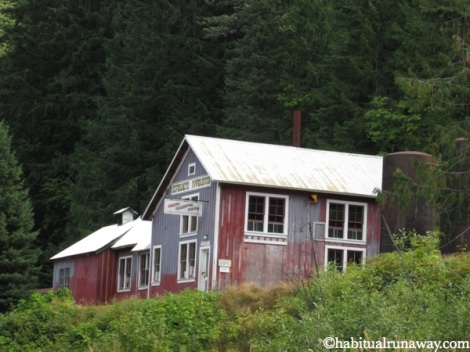
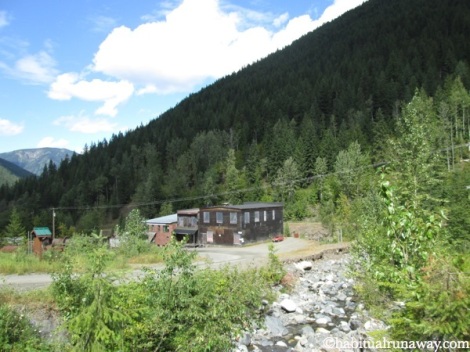
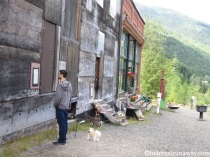
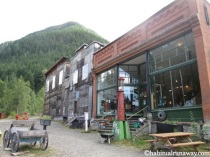

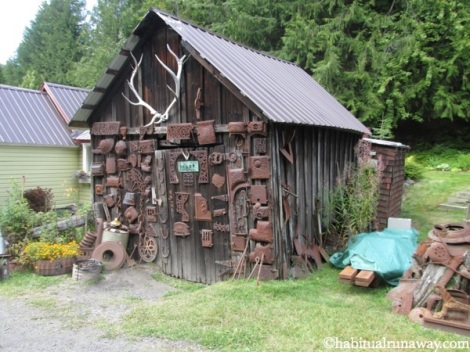
Wow. Thanks for the history lesson 🙂
LikeLike
You are very welcome, thanks for taking the time to read 😉
LikeLike
What a great post! The history is so fascinating.
LikeLike
YES, it is a really cool place – lots to see everywhere you look. Even where we parked – I opened the door & we were on top of old mine rail debris…! Surreal.
LikeLike
Wow, what an incredible place! Great post, thoroughly enjoyed the read….I like forgotten places with a history.
LikeLike
Oh yes – my favourite too! We plan to try to make a tour back just to see it all again. Sandon was very cool, indeed! & Thank you 🙂
LikeLike
oh, this is such a colourful post. So tightly written, so packed full of quirky facts and pictures. Such an informative and entertaining read. Thank you very much!.
LikeLike
Thank you for reading ;).
LikeLike
Cool…Im retired now and intend to make my way around all those small communities this summer. I love that area …Kaslo and all the little towns…i hope I can get some more history and info on these once bustling places. I would actually like to live up there…but the medical amenities are so far away! What do the locals do in the winter months?
Thanks for all the information on this particular little ghost town.
LikeLike